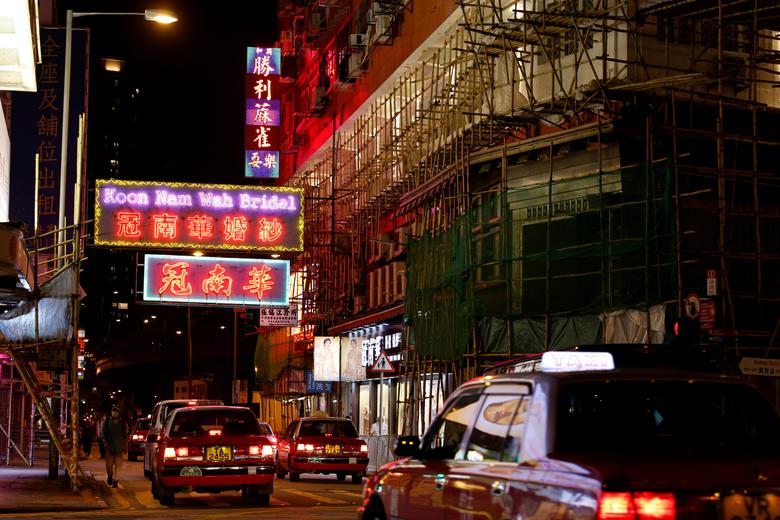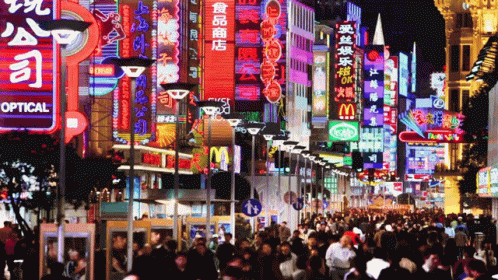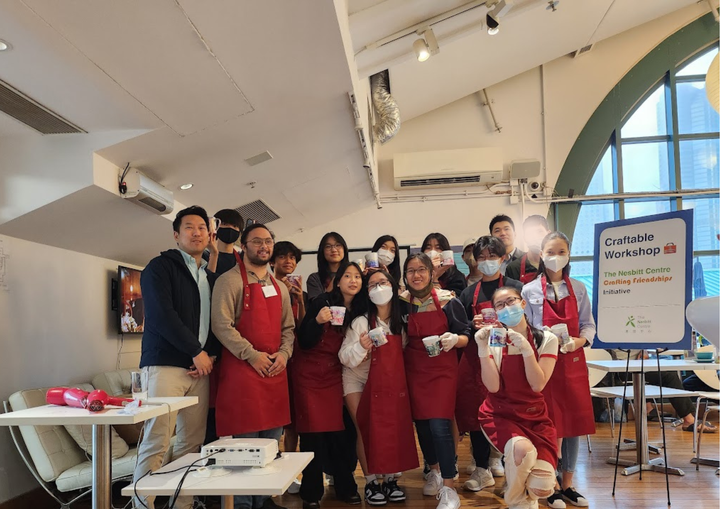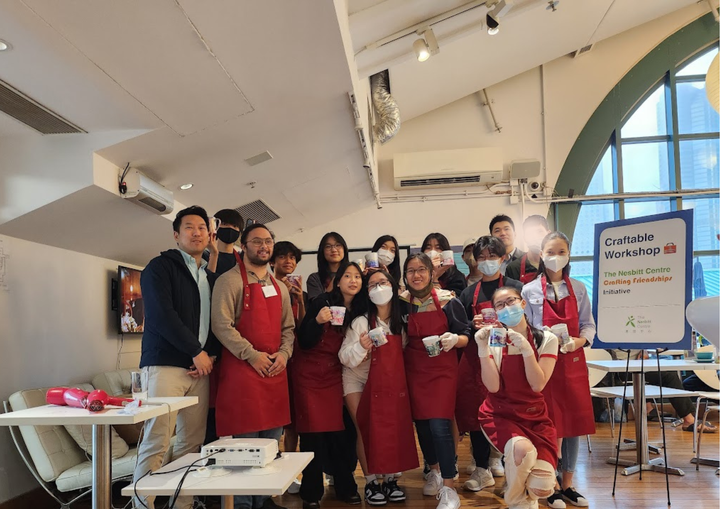Hong Kong’s iconic neon signs are dying out. Can we save them?
From the 1950s-80s, Hong Kong was all about neon signs.

A few minutes every morning is all you need.
Stay up to date on the world's Headlines and Human Stories. It's fun, it's factual, it's fluff-free.
From the 1950s-80s, Hong Kong was all about neon signs. In the 70s, the National Panasonic was one of the world's biggest neon boards, at more than a few stories tall. Movies made by Wong Kar Wai really popularized the idea of Hong Kong as this neon city. The iconography of Hong Kong's neon signs inspired tons of images in pop culture, like the backdrops of films like "Blade Runner" and "Ghost in the Shell."

But the age of neon dimmed in the 90s, as LEDs became more popular – still bright and colorful but also way more energy efficient. Then, in 2013, a law went into effect to remove all unauthorized signboards in Hong Kong, which was the last nail in the coffin. If a sign is unauthorized, the business can take it down and make a new one or apply for retroactive approval. But, these approvals aren't often granted, and the process can be costly and time-consuming. Meanwhile, gentrification and other kinds of development haven't helped the neon cause.
The number of signs still lighting up the city streets has taken a total nosedive. "Ten to 12 years ago, the general figure was around 120,000," says Cardin Chan, the general manager of Tetra Neon Exchange, a non-profit collecting and preserving Hong Kong's neon signs. "We're under the impression that more signs are coming down quicker." Now, her team says there are around 400 neon signs still up.
Since it formed in 2020, Tetra Neon Exchange has saved over 40 neon signs. Last August, the group exhibited the signs they've been able to restore. Otherwise, they keep the signs in storage until they have the means for a more permanent display.
The people who make neon signs are called neon sifus. One sifu, Wu Chi-kai, told Nikkei Asia, "No one is doing it full-time, and there's no money in it. How do you think the younger generations who want to do this can sustain themselves? The sifus of my generation have all changed industries."
But, Hong Kong neon artist Karen Chan says that neon is making a comeback as art. She explains, "Neon is integral to Hong Kong culture, and people are starting to see it as an art form. As we accept that it is part of our visual culture and language, so too do we appreciate the artisanal skills behind it and elevate it even further."




Comments ()